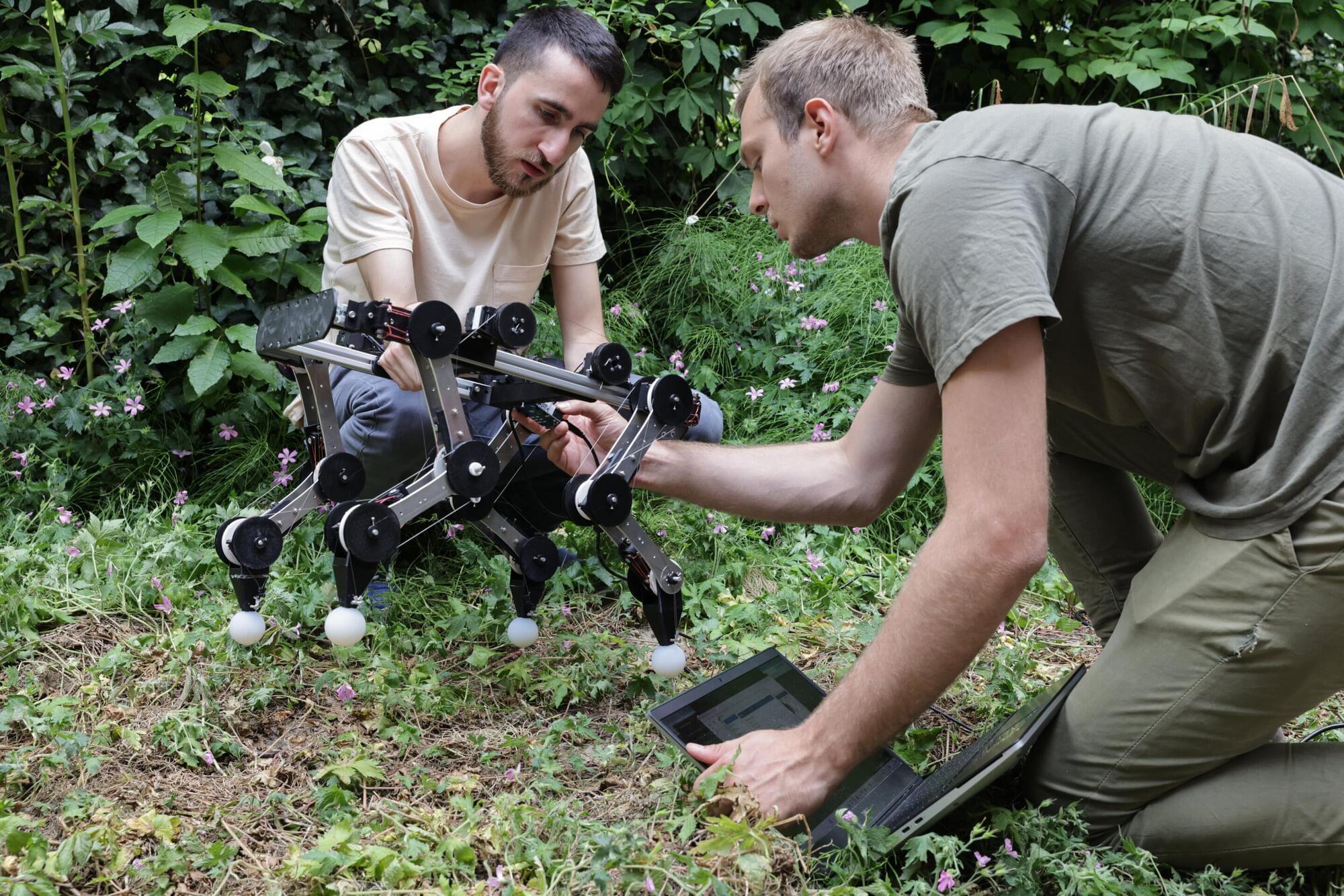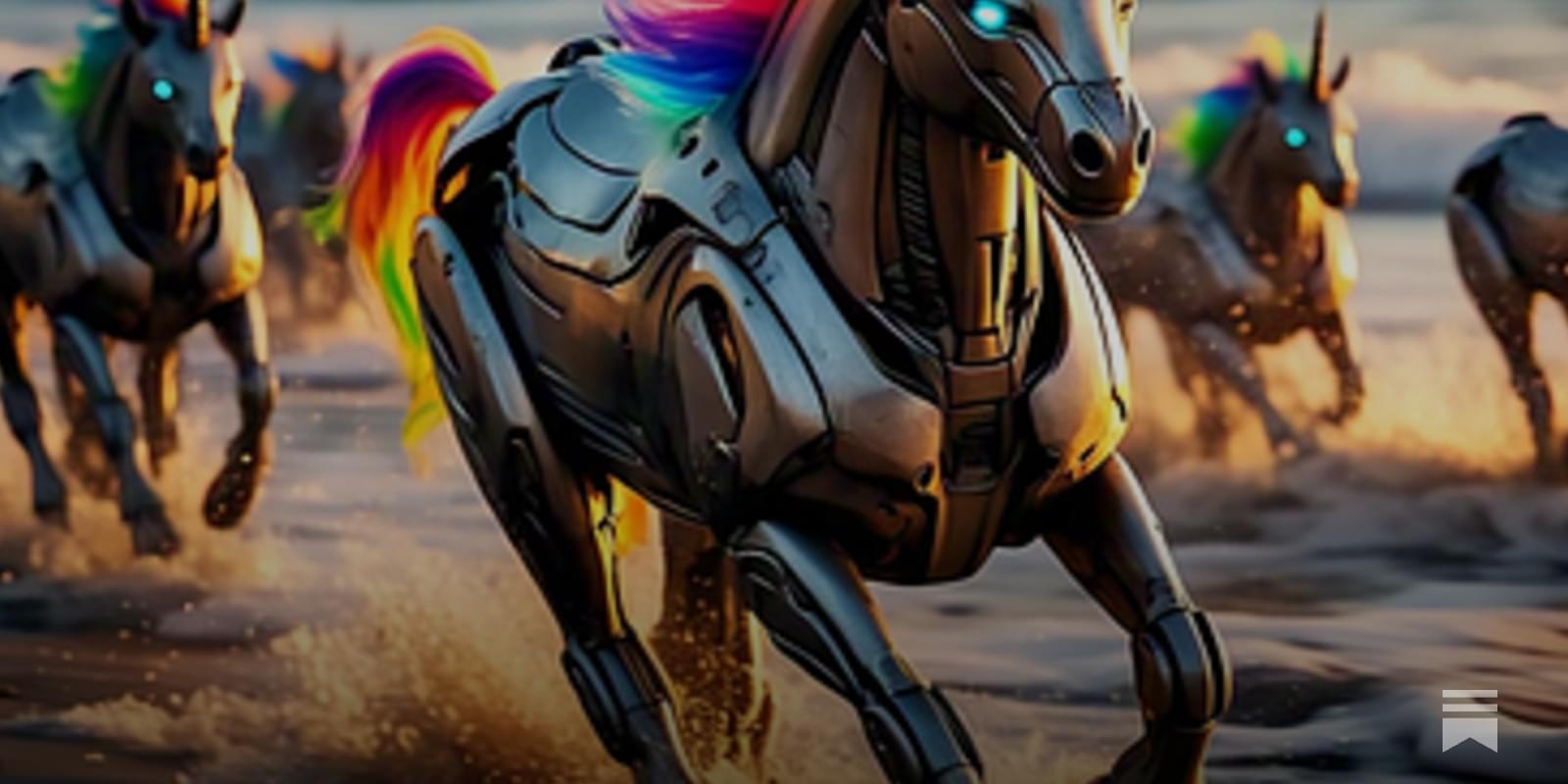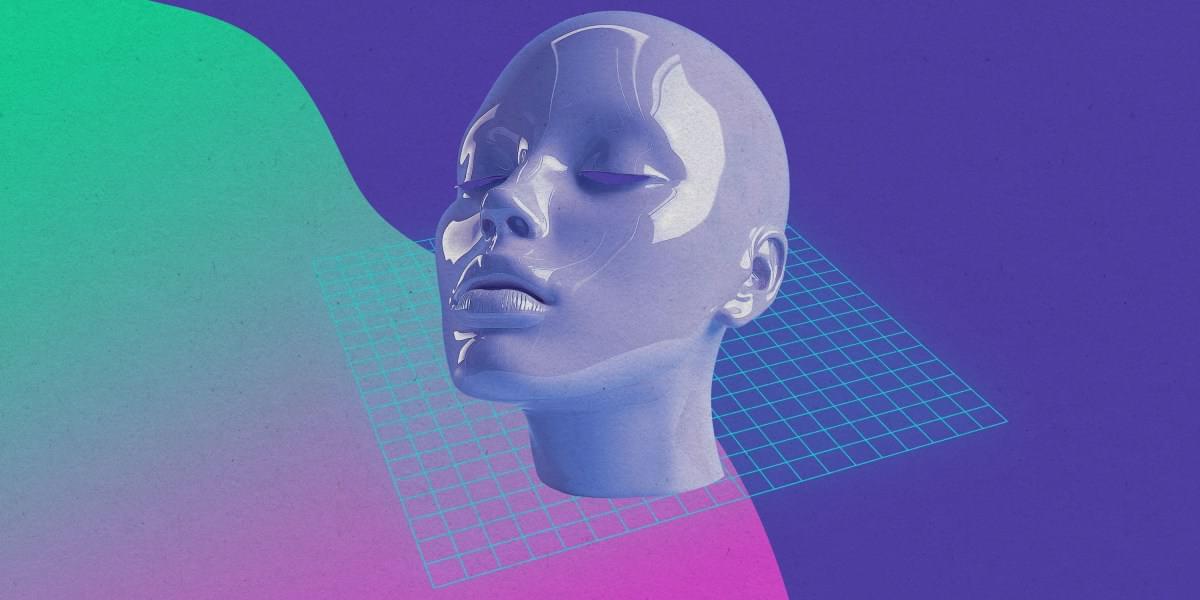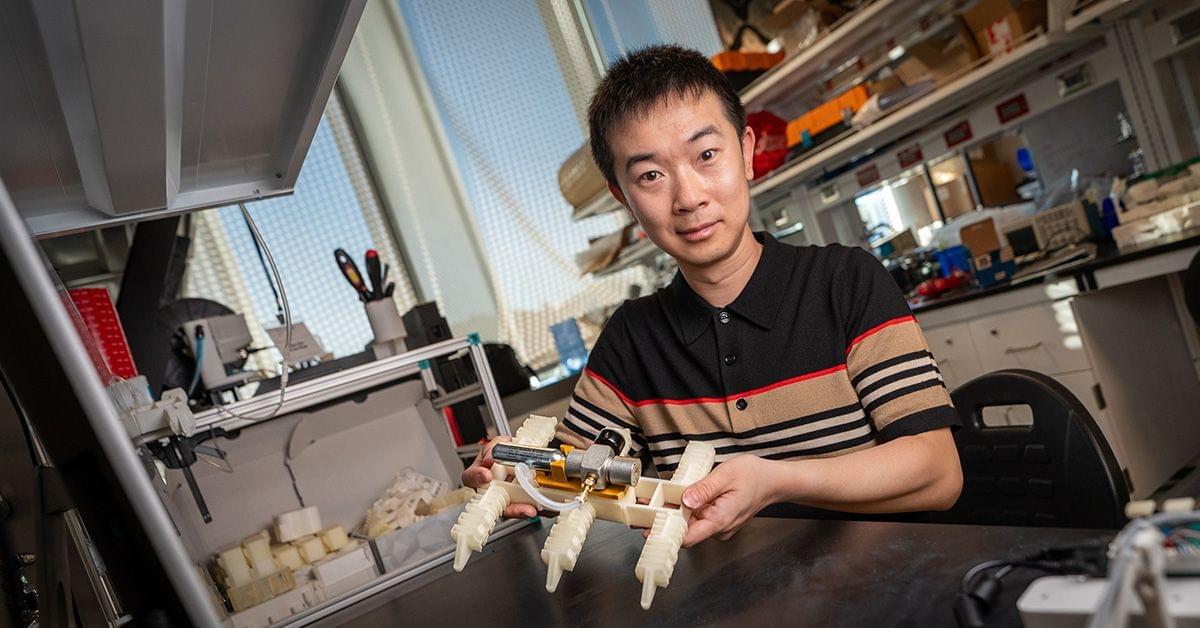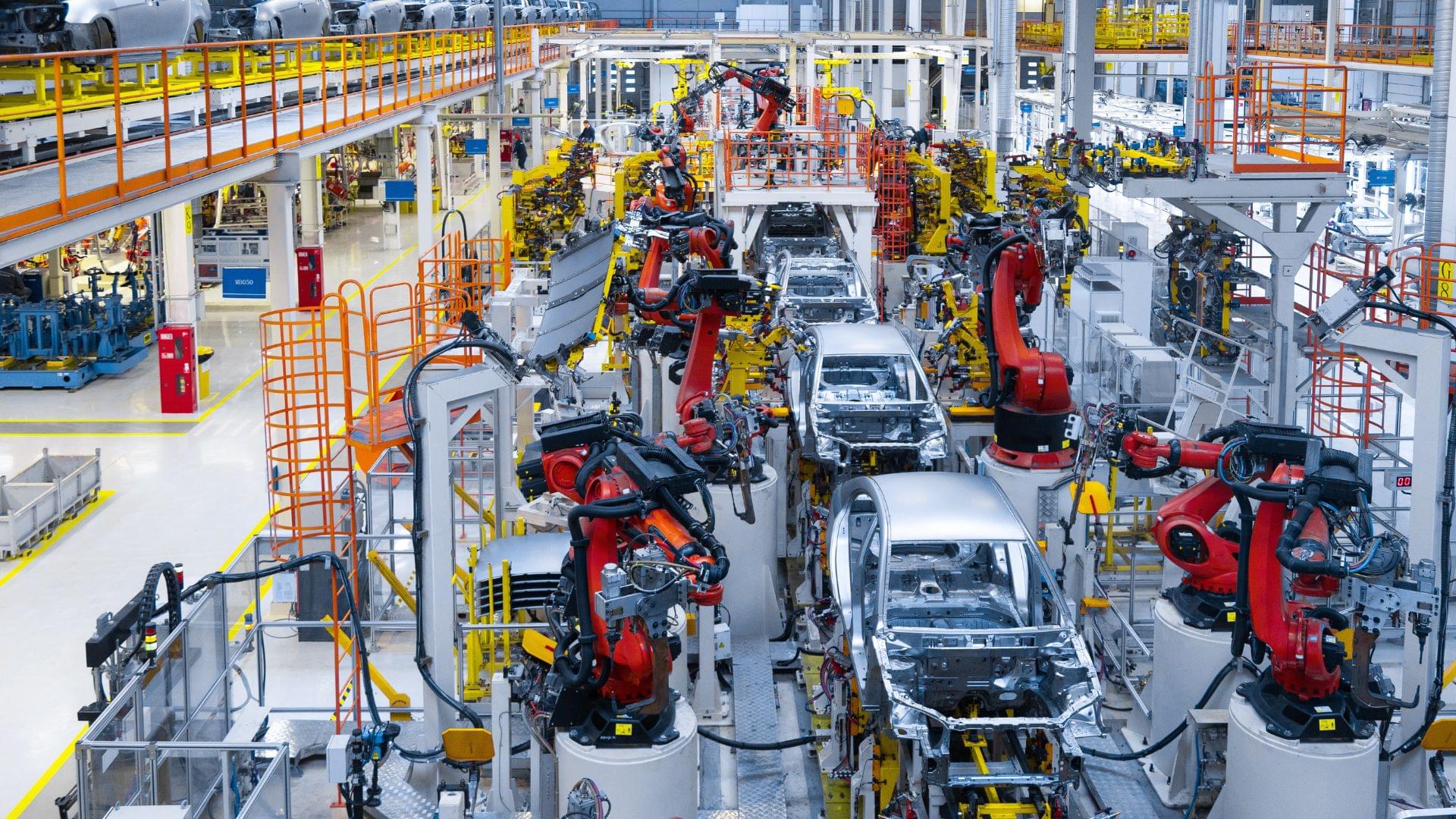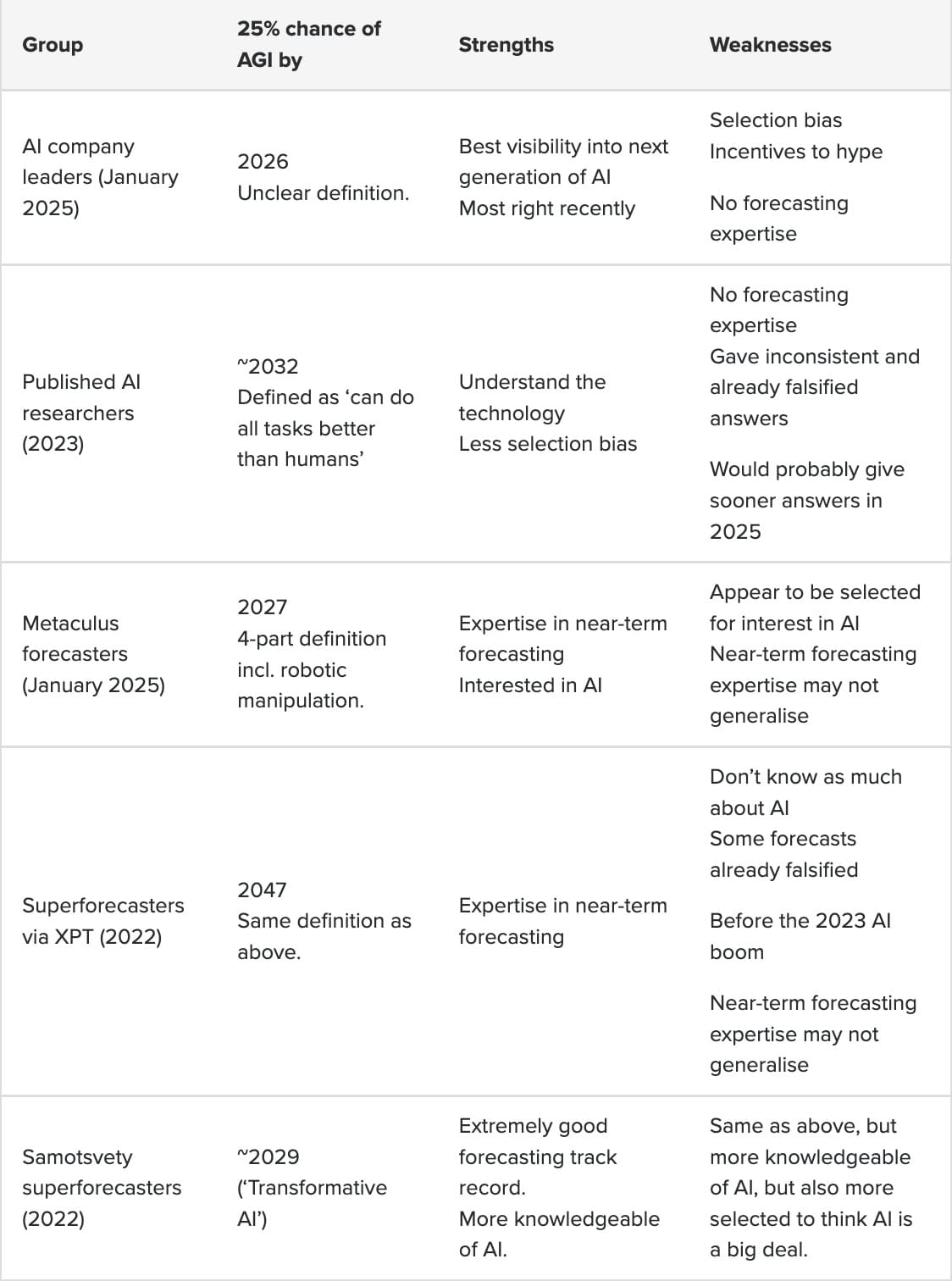Scientists from TU Delft and EPFL have created a quadruped robot capable of running like a dog without the need for motors. This achievement, a product of combining innovative mechanics with data-driven technology, was published in Nature Machine Intelligence and could pave the way for energy-efficient robotics.
“Commercial quadruped robots are becoming more common, but their energy inefficiency limits their operating time,” explains Cosimo Della Santina, assistant professor at TU Delft. “Our goal was to address this issue by optimizing the robot’s mechanics by mimicking the efficiency of biological systems.”

